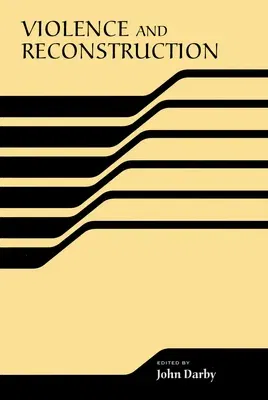Violence and ReconstructionPaperback, 22 December 2005

Qty
1
Turbo
Ships in 2 - 3 days
In Stock
Free Delivery
Cash on Delivery
15 Days
Free Returns
Secure Checkout
Part of Series
Rirec Project on Post-Accord Peacebuilding
Part of Series
Rirec Project on Post-Accord Peacebuildi
Part of Series
Rirec Project on Post-Accord Peacebuildi Rirec Project on Po
Print Length
192 pages
Language
English
Publisher
University of Notre Dame Press
Date Published
22 Dec 2005
ISBN-10
0268025886
ISBN-13
9780268025885
Description
Product Details
Book Format:
Paperback
Country of Origin:
US
Date Published:
22 December 2005
Dimensions:
23.06 x
17.07 x
1.17 cm
ISBN-10:
0268025886
ISBN-13:
9780268025885
Language:
English
Location:
Notre Dame, IN
Pages:
192
Publisher:
Series:
Weight:
263.08 gm

